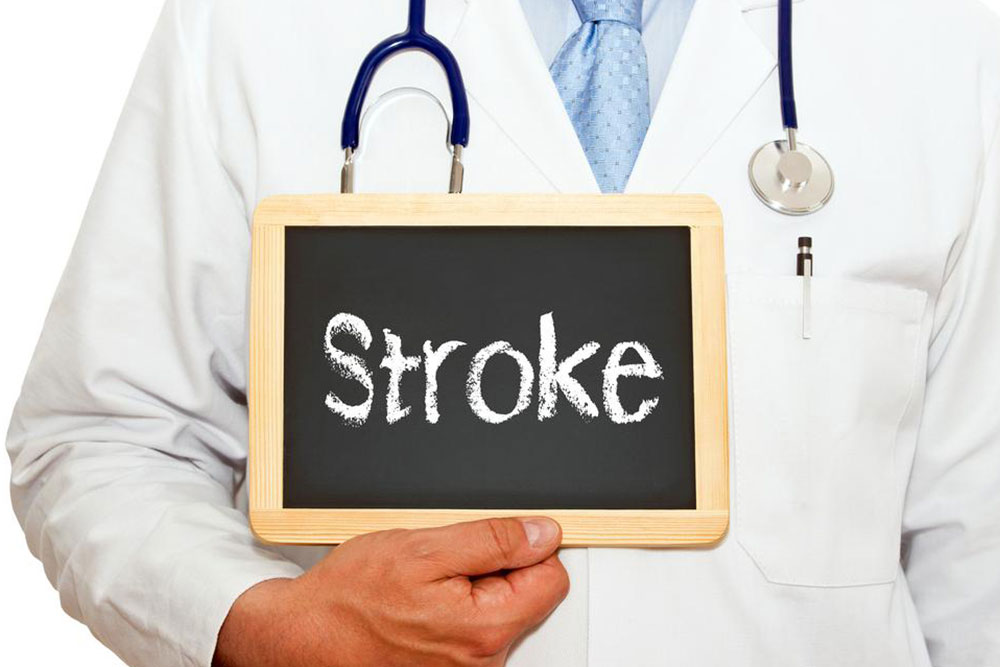Understanding Bacterial Meningitis: Causes and Symptoms
This article explains bacterial meningitis, highlighting its causes, risk factors, and symptoms. It emphasizes the importance of early diagnosis and timely antibiotic treatment to prevent serious health complications. Suitable for parents, caregivers, and individuals seeking awareness about this severe condition, the article aims to foster prompt medical attention and reduce risks related to bacterial meningitis.

Understanding Bacterial Meningitis: Causes and Symptoms
Meningitis involves inflammation of the protective membranes surrounding the brain and spinal cord, known as meninges. The condition is primarily caused by bacterial, viral, or fungal infections. While viral meningitis often clears up within days without treatment, bacterial meningitis accounts for nearly 80% of cases and can be life-threatening. It leads to brain inflammation, disrupting blood flow and risking stroke or paralysis. Rapid antibiotic intervention is crucial for recovery from bacterial meningitis.
Most at risk are children under two years old, especially in settings like dormitories or military barracks where close contact fosters spread. Bacteria such as Streptococcus pneumoniae, Haemophilus influenzae, Listeria monocytogenes, and Haemophilus meningitidis are common culprits. Infection can result from lingering bacteria in the respiratory system, or after head injuries that weaken immunity.
Causes of bacterial meningitis
Children between one month and two years are most vulnerable. Close living conditions and compromised immunity increase risk. Bacteria like Streptococcus pneumoniae are commonly involved, also responsible for pneumonia. Haemophilus influenzae, previously a major cause, has become less common thanks to vaccination. Listeria monocytogenes, found in contaminated foods, affects older adults, pregnant women, and immunocompromised individuals. Infections may follow head trauma, allowing bacteria to invade the central nervous system.
Risk factors
Incomplete vaccination schedules heighten susceptibility.
Children under five and teenagers are most at risk.
Pregnancy increases the danger of listeriosis, which can cause miscarriage or premature delivery.
Signs and symptoms
Identifying bacterial meningitis is challenging early on, as initial symptoms resemble flu. Over a few days, more distinctive symptoms develop, including:
High fever
Stiff neck
Severe headaches
Nausea and vomiting
Difficulty concentrating
Seizures
Sleep disturbances
Light sensitivity
Loss of appetite and thirst
Skin rashes, especially in meningococcal cases
In newborns, symptoms may include constant crying, irritability, bulging soft spots, and poor responsiveness. Adults may experience additional signs like skin rashes, abnormal skin color, chills, muscle aches, joint pains, and rapid breathing. Prompt treatment with antibiotics is vital to prevent lasting damage or death. Early diagnosis and intervention are essential for a positive outcome.










